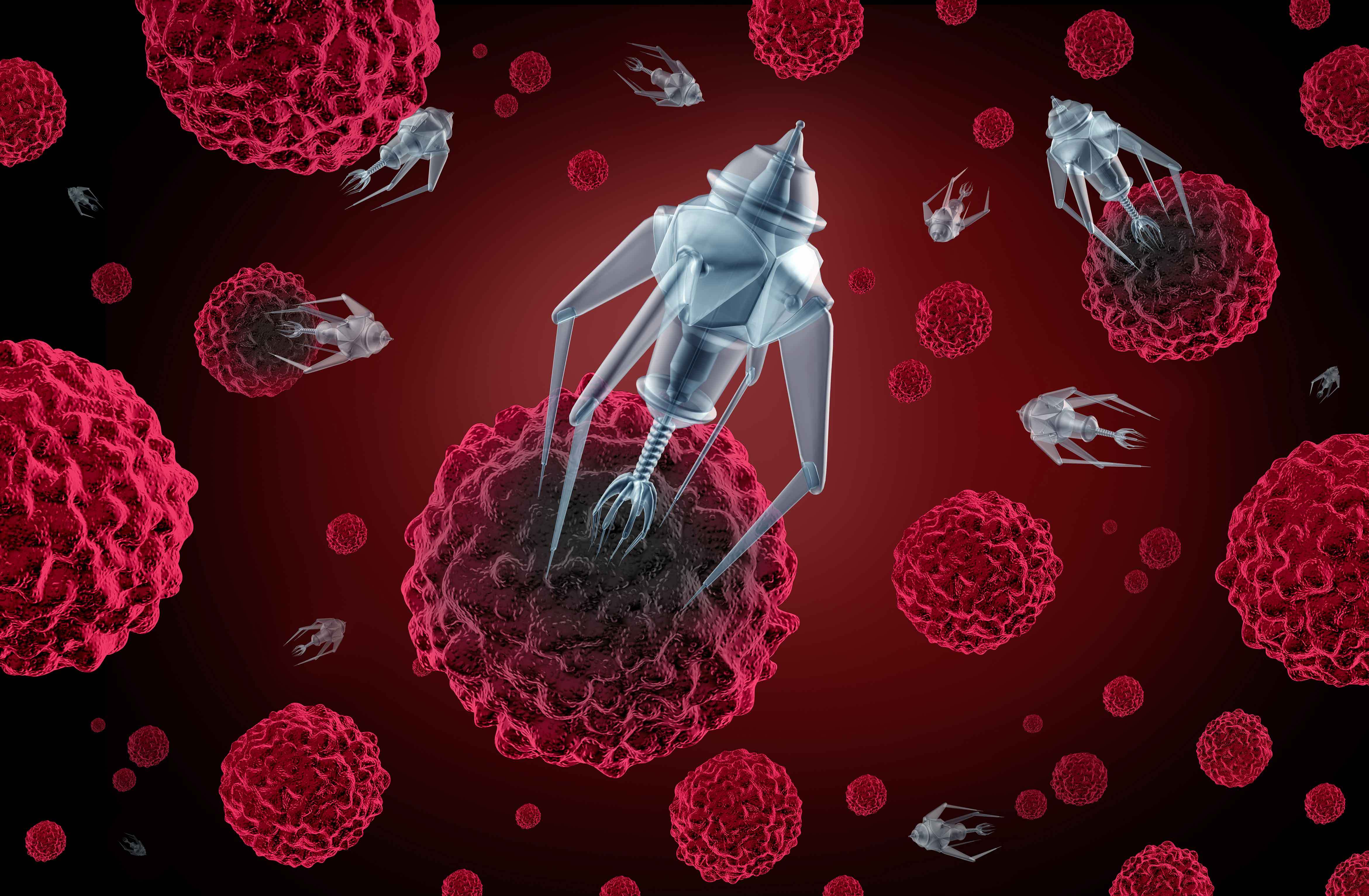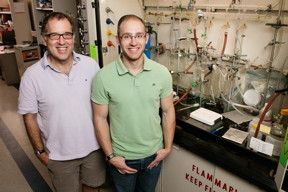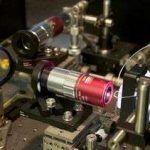Page 10664
Sep 15, 2016
New technology may help read brain signals directly
Posted by Karen Hurst in categories: computing, information science, neuroscience
Nice.
Researchers have developed a new technology that can help read brain signals directly and may also aid people with movement disabilities to better communicate their thoughts and emotions. The technology involves a multi-electrode array implanted in the brain to directly read signals from a region that ordinarily directs hand and arm movements used, for example, to move a computer mouse.
The algorithms translate those signals and help to make letter selections.
Continue reading “New technology may help read brain signals directly” »
Sep 15, 2016
Elon Musk has some really strange ideas about connecting computers to your brain
Posted by Karen Hurst in categories: computing, Elon Musk, nanotechnology, neuroscience, robotics/AI
This is not that far fetch especially when we have seen DARPA’s efforts around BMI, the nanobot technology being experimented on to enable BMI, stent technology as well that is being looked at for BMI, etc. which all leads us into the concept of superhumans.
“Humans are so slow” says Elon Musk, so let’s become AI-human symbiotes instead.
Sep 15, 2016
Is it already too late to consider the ethics of mind control technology?
Posted by Karen Hurst in categories: bioengineering, biotech/medical, ethics, neuroscience
Very true points that many have been raising with CRISPR, Synthetic Biology, BMI, and humanoid technology. I am glad to see this article on ethics and standards because it really needs to be discussed and implemented.
New brain technologies will increasingly have the potential to alter how someone thinks, feels, behaves and even perceives themselves.
Continue reading “Is it already too late to consider the ethics of mind control technology?” »
Sep 15, 2016
Neurotech symposium features Brain Prize winners
Posted by Karen Hurst in categories: biotech/medical, neuroscience
Sharing for all my Neuro science friends and techie friends — Sept 29th is the Inaugural Cornell Neurotech Mong Family Foundation Symposium. Some of Cornell’s top award winning neuro scientists will be presenting.
Interested in learning how the brain works?
Some of Cornell’s best scientists studying the brain will gather Sept. 29 for the Inaugural Cornell Neurotech Mong Family Foundation Symposium. The symposium features three alumni winners of the 2015 Brain Prize – Winfried Denk, Ph.D. ’89, Karel Svoboda ’88 and David Tank, M.S. ’80, Ph.D. ’83 – as well as award-winning Cornell faculty who will share how they are exploring the brain using the most modern, innovative technologies.
Talks begin at 10 a.m. in Room G10 Biotechnology and conclude at 5 p.m. with a public reception. The symposium is free and the public is invited.
Continue reading “Neurotech symposium features Brain Prize winners” »
Sep 15, 2016
Carbon-coated iron catalyst structure could lead to more-active fuel cells
Posted by Karen Hurst in categories: nanotechnology, particle physics, transportation
Abstract: Fuel cells have long held promise as power sources, but low efficiency has created obstacles to realizing that promise. Researchers at the University of Illinois and collaborators have identified the active form of an iron-containing catalyst for the trickiest part of the process: reducing oxygen gas, which has two oxygen atoms, so that it can break apart and combine with ionized hydrogen to make water. The finding could help researchers refine better catalysts, making fuel cells a more energy- and cost-efficient option for powering vehicles and other applications.
Led by U. of I. chemistry professor Andrew Gewirth, the researchers published their work in the journal Nature Communications.
Iron-based catalysts for oxygen reduction are an abundant, inexpensive alternative to catalysts containing precious metals, which are expensive and can degrade. However, the process for making iron-containing catalysts yields a mixture of different compounds containing iron, nitrogen and carbon. Since the various compounds are difficult to separate, exactly which form or forms behave as the active catalyst has remained a mystery to researchers. This has made it difficult to refine or improve the catalyst.
Sep 15, 2016
“Hairy” Nanorods Offer Simpler Production Process
Posted by Karen Hurst in categories: materials, nanotechnology
Georgia Tech researchers have developed a new strategy for crafting one-dimensional cellulose nanorods using a wide range of precursor materials.
Sep 15, 2016
Meet the nanobots that could combat cancer
Posted by Karen Hurst in categories: biotech/medical, nanotechnology
An international team have developed nanobots that travel in the bloodstream and tackle cancer from the inside.
Sep 15, 2016
Your Thoughts Could Activate a Tiny Robot Inside Your Own Brain
Posted by Karen Hurst in categories: health, nanotechnology, neuroscience, robotics/AI
Hmmm.
For the first time, Israeli researchers have developed a system that lets a human use brain waves to control nanobots in a cockroach. How could that help your health?

















